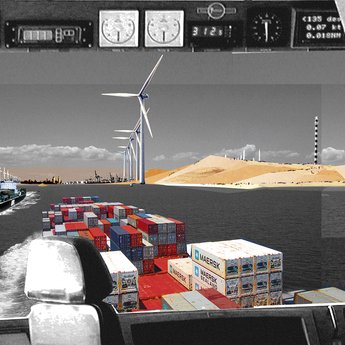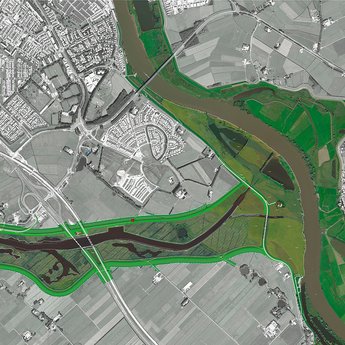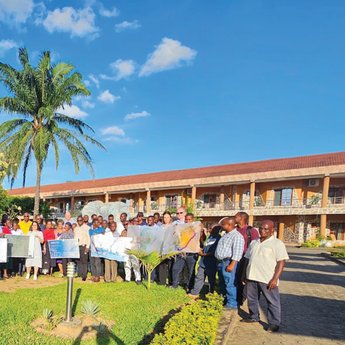System + Process
H+N+S approaches working on our natural environment from a systems and process thinking that tries to fathom the complexity of ecosystems. Interventions that the landscape architect makes in the landscape are not seen as a final image, but as a starting point, so that natural processes and dynamics further shape the future of the landscape. In every project at least three types of factors play a role: the abiotic, the biotic and the geographical factors. They can be stacked as layers to provide insight into how the natural system works.
Abiotic Factors
Abiotic factors include the subsoil: soil and water. The soil type and water management determine what can grow in a place; we also call this the potential natural vegetation (PNV) of a place. In an analysis, the characteristics and processes such as erosion, sedimentation, seepage and eutrophication are mapped out. In a design, these characteristics are used or adjusted in such a way that the intended image is created. This includes excavating the top layer of meadows to create a different vegetation with a higher natural value, such as in Park Assumburg in Heemskerk. Another example of this is the erosion walls that have been created at the secondary channel in the Spiegelwaal, where the sand martin nests, among other things.
















